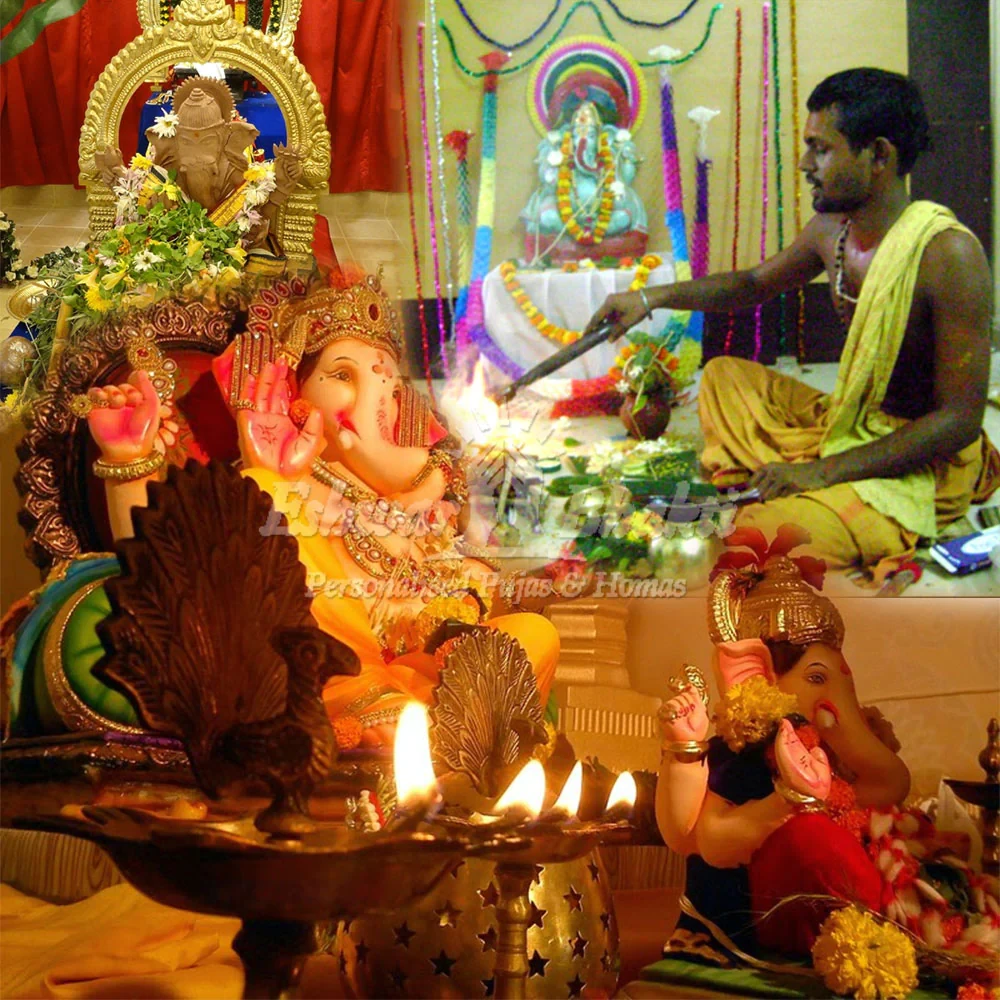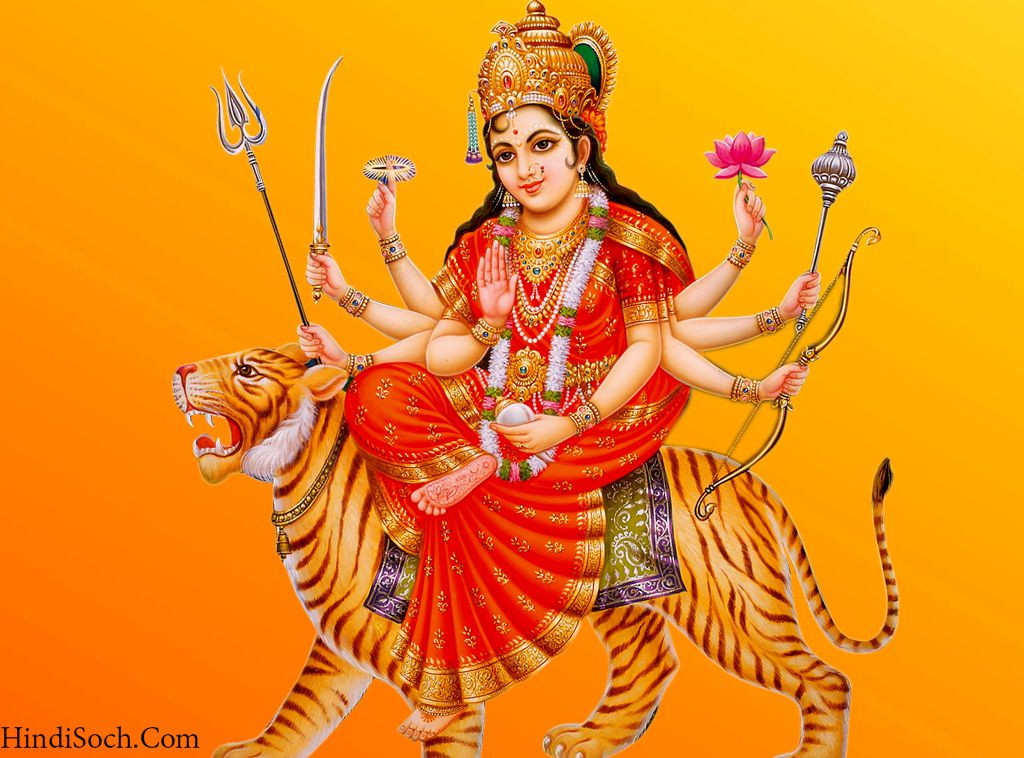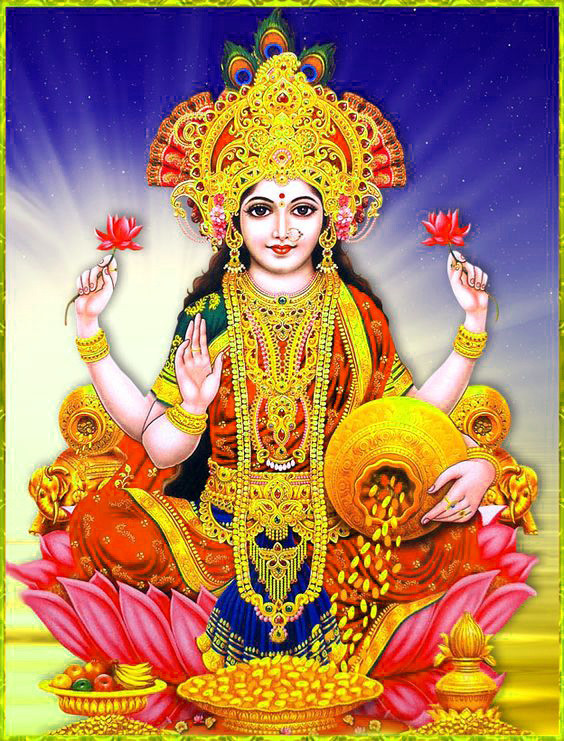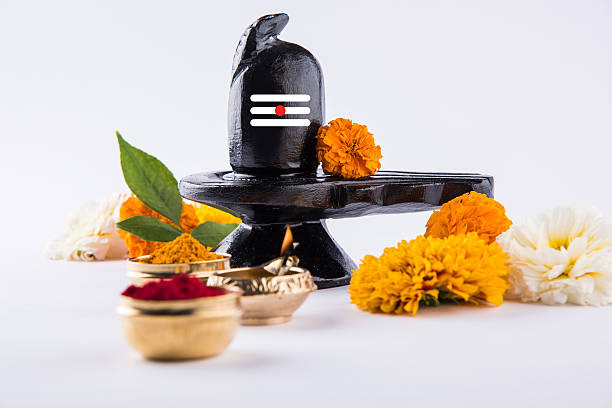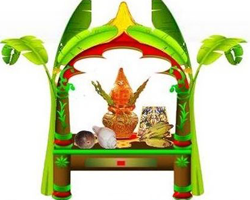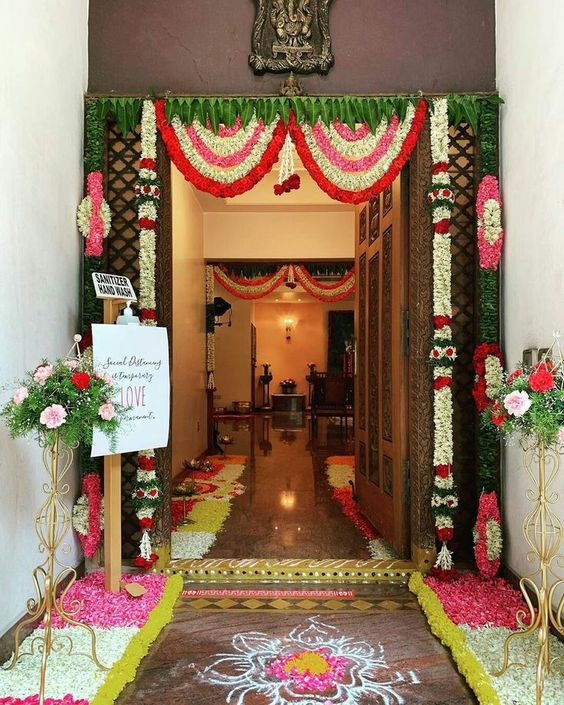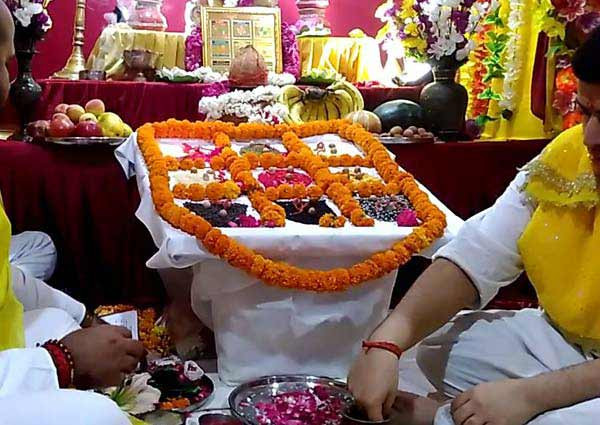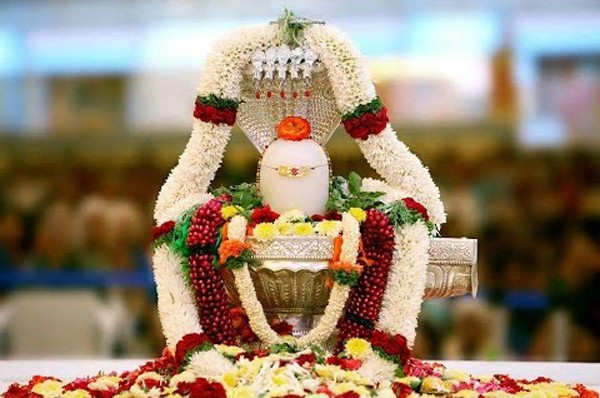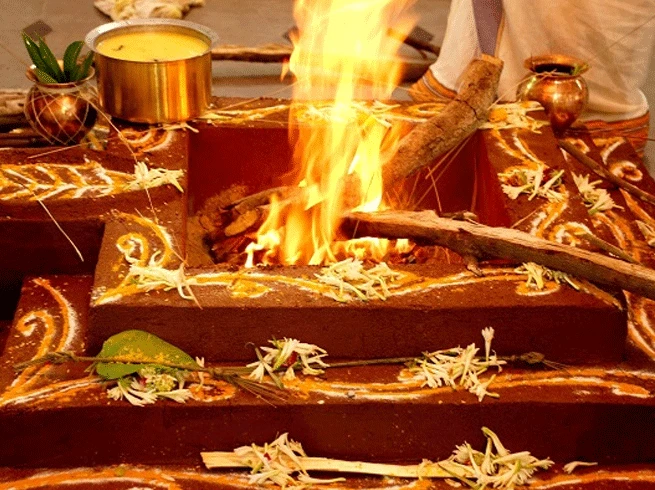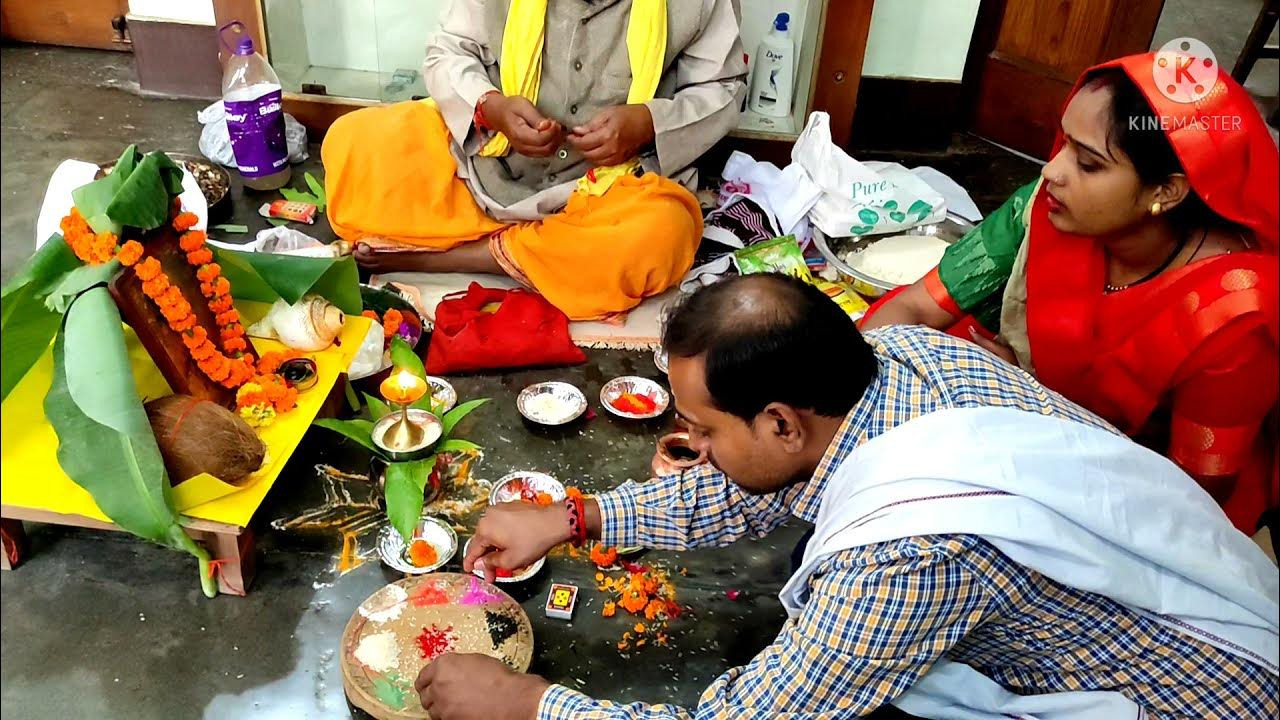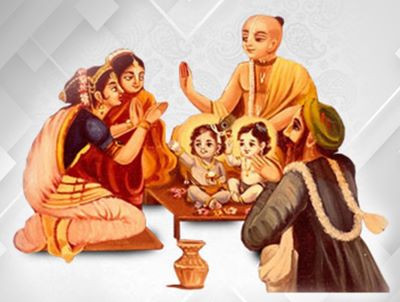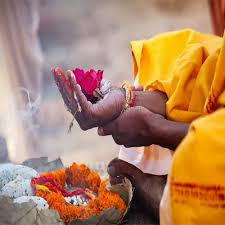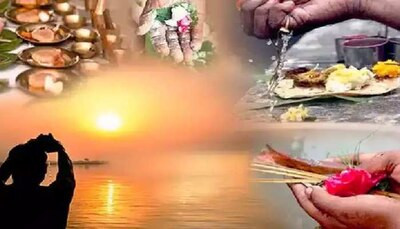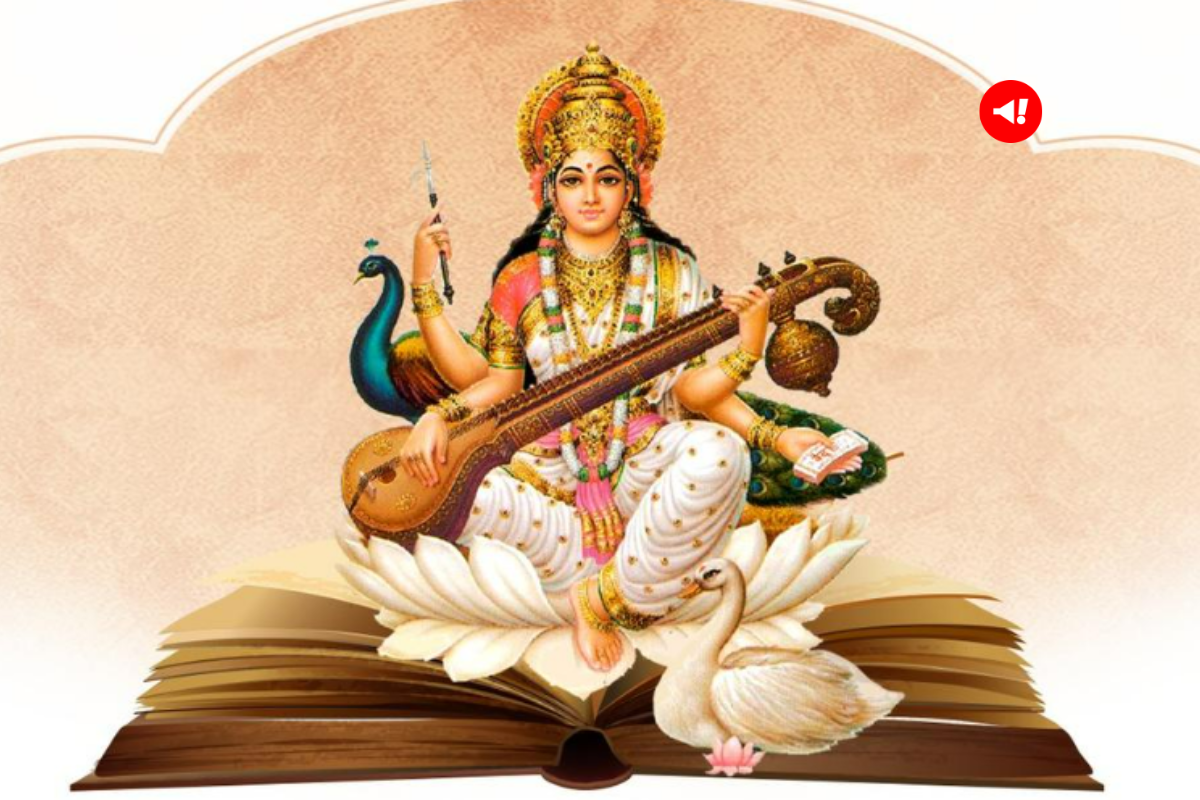
Saraswati Puja.
Saraswati Puja, also known as Vasant Panchami, is a Hindu festival dedicated to Goddess Saraswati, the embodiment of knowledge, wisdom, arts, and learning. Celebrated on the fifth day (Panchami) of the bright half of the Hindu month of Magha (which usually falls in late January or early February), Saraswati Puja marks the arrival of spring.
Here are some key aspects of Saraswati Puja:
1. Goddess Saraswati:
- Saraswati is one of the three major goddesses in Hinduism, alongside Lakshmi and Parvati. She is revered as the patroness of education, arts, music, and wisdom. Saraswati is often depicted seated on a white lotus, playing a veena (a musical instrument), and holding scriptures or a book.
2. Date and Timing:
- Saraswati Puja is celebrated on Vasant Panchami, the fifth day of the bright fortnight in the month of Magha. The timing of the puja is based on the Hindu lunar calendar.
3. Significance:
- The festival is particularly significant for students, artists, and scholars who seek the blessings of Goddess Saraswati for success in their academic pursuits and creative endeavors.
4. Yellow Theme:
- Yellow is the predominant color associated with Saraswati Puja. Devotees often wear yellow clothes, offer yellow flowers, and decorate the puja area with yellow items. This color symbolizes the vibrancy of spring.
5. Puja Preparations:
- Devotees clean and decorate their homes and educational institutions for the puja. A raised platform or altar is prepared for the installation of the idol or image of Goddess Saraswati.
6. Puja Items:
- The puja involves the use of various items, including flowers, incense sticks, camphor, turmeric, kumkum, rice, fruits, and sweets. Books, musical instruments, or tools related to learning are also placed near the goddess.
7. Rituals:
- Devotees perform rituals such as the lighting of lamps, recitation of Saraswati mantras and prayers, and the offering of prasad (blessed food) to the goddess.
8. Vasant Panchami Celebrations:
- Saraswati Puja is closely linked with Vasant Panchami, which marks the end of winter and the beginning of spring. Devotees may engage in activities celebrating the season, such as flying kites.
9. Cultural Programs: - In educational institutions, Saraswati Puja is often accompanied by cultural programs, music, dance, and art exhibitions to showcase and celebrate talents.
10. Worship at Temples: - Devotees may visit temples dedicated to Goddess Saraswati to offer prayers and seek blessings.
11. Tradition of Writing: - It is a tradition to initiate young children into writing on this day. This is called Akshar-Abhyas or Vidya-Arambha, where children are encouraged to write their first alphabet or words.
Saraswati Puja is a joyous celebration that emphasizes the importance of education, knowledge, and creativity in Hindu culture. The festival is observed with reverence and enthusiasm, and it is marked by a sense of festivity and cultural activities.
What you will get:
- Sanatan Basket organizing Saraswati Puja, there are several items and arrangements we may need to provide to ensure a successful and meaningful celebration. Here is a list of things you might need for Saraswati Puja:
- 1.Idol or Image of Saraswati: Arrange for a suitable idol or image of Goddess Saraswati. This can be made of clay, metal, or any other traditional material.
- 2.Altar or Platform: Set up a decorated platform or altar for the installation of the idol or image of Saraswati. This can be covered with a clean cloth.
- 3. Puja Samagri Kit: Gather necessary puja items, including flowers, incense sticks, camphor, turmeric, kumkum, rice, fruits, and sweets. These items are used during the rituals and offerings.
- 4. Auspicious Symbols: Prepare materials for drawing auspicious symbols like swastika, om, and lotus using turmeric or sandalwood paste.
- 5. Yellow Decorations: Decorate the puja area with yellow flowers, cloth, and other yellow items. Yellow is considered an auspicious color for Saraswati Puja.
- 6. Books and Instruments: Place books, musical instruments, or tools related to learning near the goddess for blessings. It symbolizes the pursuit of knowledge.
- 7. Puja Thali Set: Use a decorative plate (puja thali) to hold the puja items during the rituals.
- 8. Havan Kund (Fire Pit)/Hawan Samagri: If you plan to conduct a havan or fire ceremony, set up a designated area with a fire pit and gather hawan samagri for offerings.
- 9. Cleaned House: Clean the house thoroughly before the puja to create a pure and sacred environment.
- 10. Traditional Attire: Wear traditional and clean attire when participating in the puja.
- 11. Prasadam: Prepare prasad (blessed food) to offer to Goddess Saraswati. This may include fruits, sweets, and other traditional items.
- 12. Ganga Jal for Abhishek: If you plan to perform an abhishek (ritualistic bath) for the idol or image, arrange for ganga jal.
- 13. Photography/Videography: If desired, set up a space for photography or videography to capture the moments of the Saraswati Puja.
- 14. Invitations: Extend invitations to family, friends, and neighbors to join in the celebration.
- 15. Cultural Programs: If you're organizing cultural programs, coordinate with performers and ensure any necessary equipment or instruments are available.
- Remember to consult with us for a Hindu pandit/priest or knowledgeable individual to understand specific rituals and customs associated with Saraswati Puja. Additionally, consider the preferences and traditions of your family or community when planning the celebration.
Benifits of the Package:
- While there may not be standardized "packages" for Saraswati Puja, as it is often a personal and cultural celebration, some service providers or organizations may offer comprehensive packages for the event. These packages can provide several benefits to individuals or communities organizing Saraswati Puja:
- 1. Priest Services: Inclusion of a qualified Hindu priest (purohit) who can guide and conduct the Saraswati Puja rituals, ensuring that the ceremony is performed according to traditional customs.
- 2. Puja Samagri: Provision of necessary puja items, such as flowers, incense sticks, camphor, turmeric, kumkum, rice, fruits, and sweets. This saves the organizers the effort of sourcing these items individually.
- 3. Idol or Image of Saraswati: Arrangement of a suitable idol or image of Goddess Saraswati, eliminating the need for the organizers to find or create one.
- 4. Altar Setup: Assistance in setting up a decorated platform or altar for the installation of the idol or image of Goddess Saraswati.
- 5. Auspicious Symbols and Decorations: Inclusion of materials for drawing auspicious symbols and providing yellow decorations, reducing the burden on the organizers.
- 6. Havan or Fire Ceremony: If desired, a package may include arrangements for a havan or fire ceremony, including the necessary materials.
- 7. Cultural Programs: Coordination and inclusion of cultural programs, music, dance, or art exhibitions as part of the package, enhancing the overall celebratory atmosphere.
- 8. Photography/Videography: Optional inclusion of photography or videography services to document and capture the moments of the Saraswati Puja.
- 9. Customization Options: Some providers may offer customization options based on specific preferences or additional rituals desired by the organizers.
- 10. Time Efficiency: The package can save time for the organizers by providing a comprehensive solution, allowing them to focus on other aspects of the celebration.
- 11. Peace of Mind: Knowing that the Saraswati Puja is being organized with professional assistance can provide peace of mind to the organizers, ensuring that the ceremony is conducted appropriately.
- It's important for the organizers to communicate their specific requirements and preferences to the "Sanatan Baset" to ensure that the Saraswati Puja package aligns with their cultural, religious, and personal expectations. Additionally, discussing the details of the package in advance can help clarify what is included and if there are any additional costs involved.
Service Availability
- Sunday 08:00 AM - 02:00 PM
- Monday 08:00 AM - 02:00 PM
- Tuesday 08:00 AM - 02:00 PM
- Wednesday 08:00 AM - 02:00 PM
- Thursday 08:00 AM - 02:00 PM
- Friday 01:00 AM - 05:30 AM
- Saturday 01:20 AM - 12:40 PM

